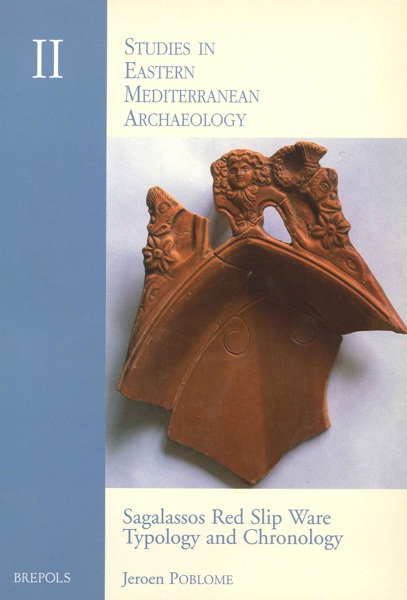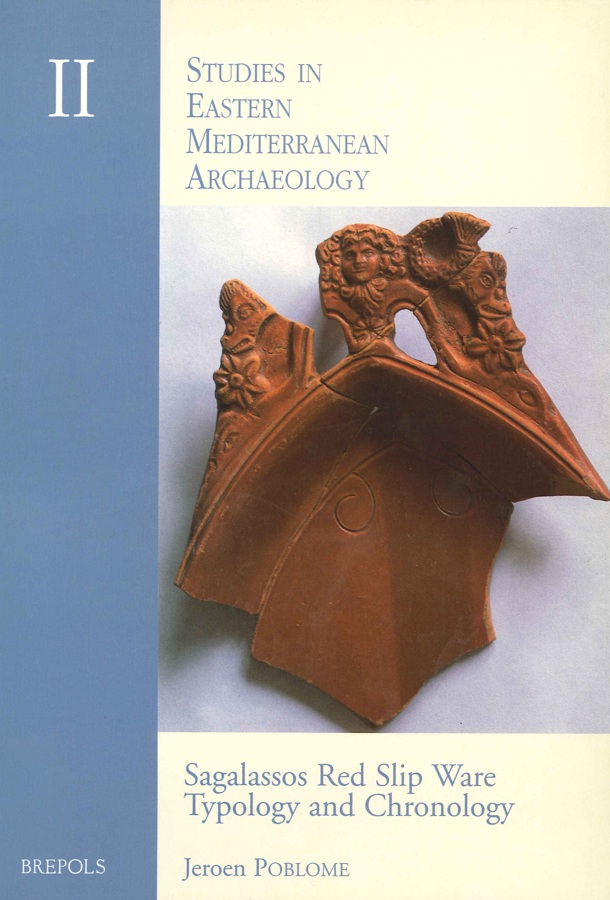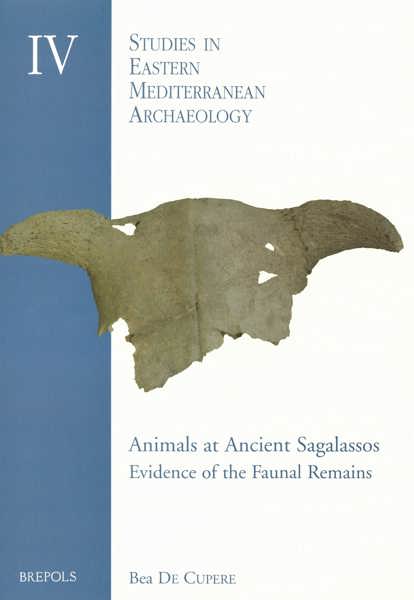
Sagalassos Red Slip Ware
J. Poblome
- Pages: 350 p.
- Size:210 x 295 mm
- Language(s):English
- Publication Year:1999
- € 65,00 EXCL. VAT RETAIL PRICE
- ISBN: 978-2-503-50654-8
- Paperback
- Available
„Diese kenntnisreiche und gründliche (...) Untersuchung ist wertvoll und nützlich, und liefert nicht nur zur sagalassischen Feinkeramikproduktion einen aktuellen und kritischen Beitrag, sondern bespricht grundsätzlich Punkte zur antiken und frühbyzantinischen Keramikproduktion des östlichen Mittelmeerraumes und zur Bearbeitungmethodologie von Keramik überhaupt.“
(Lafli, Ergün, in : Gnomon Heft 5, 2000, p. 753-755)
"[Der Verfasser] hat ein wichtiges Grundlagenwerk geschaffen und für die Bearbeitung der pisidisch-pamphylischen Keramik in vielerlei Hinsicht Maßtäbe gesetzt. Sein Buch wird auf längere Sicht unversichtbar für die Auswertung von ausgegrabenen Keramikkomplexen im südlichen Kleinasien und der Levante sein und man darf auf den Fortgang der Forschungen zur Sagalassischen Sigillata gespannt sein." (M. Zelle in: Gnomon, Band 80, 2008, p.340)




